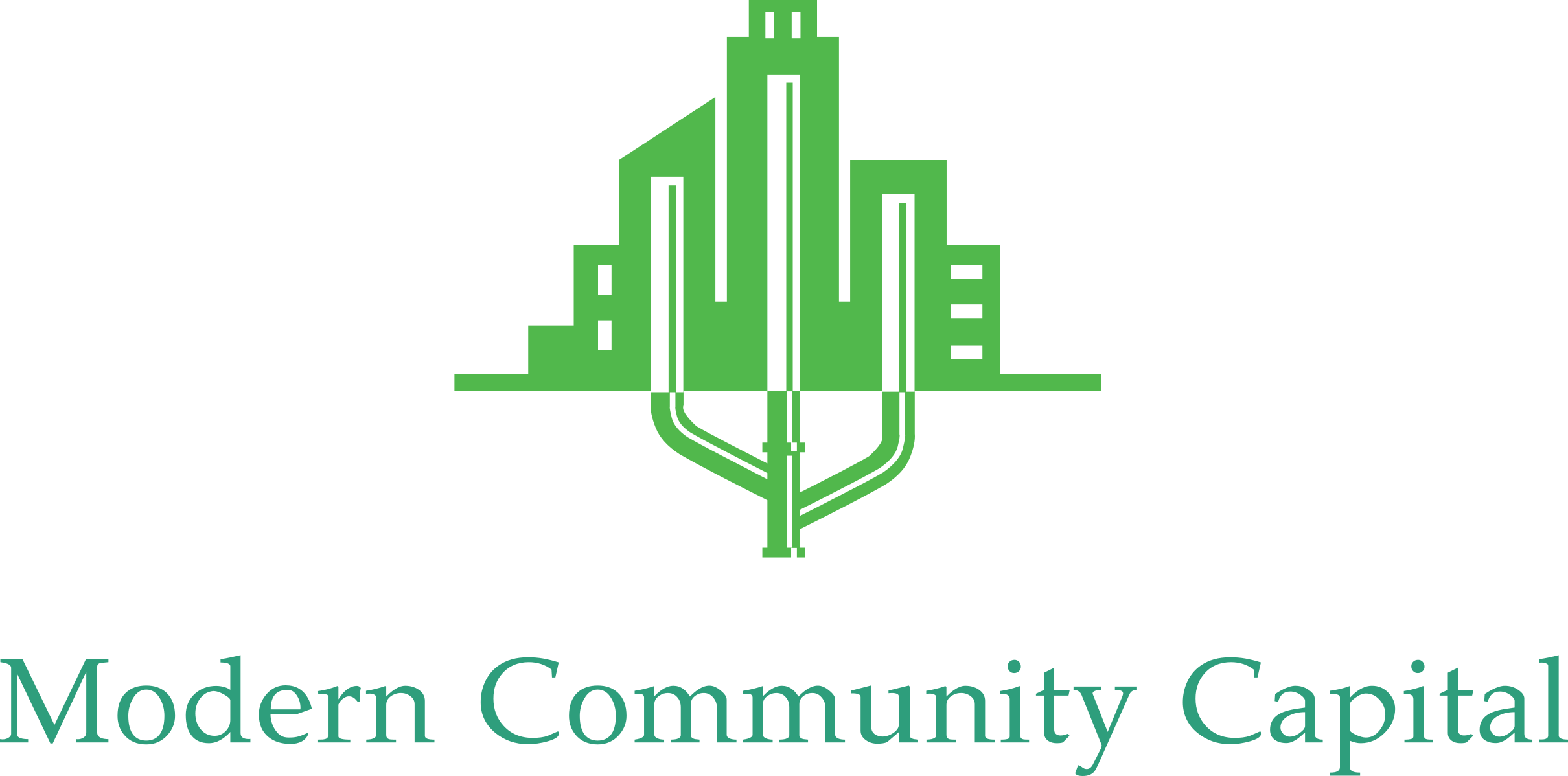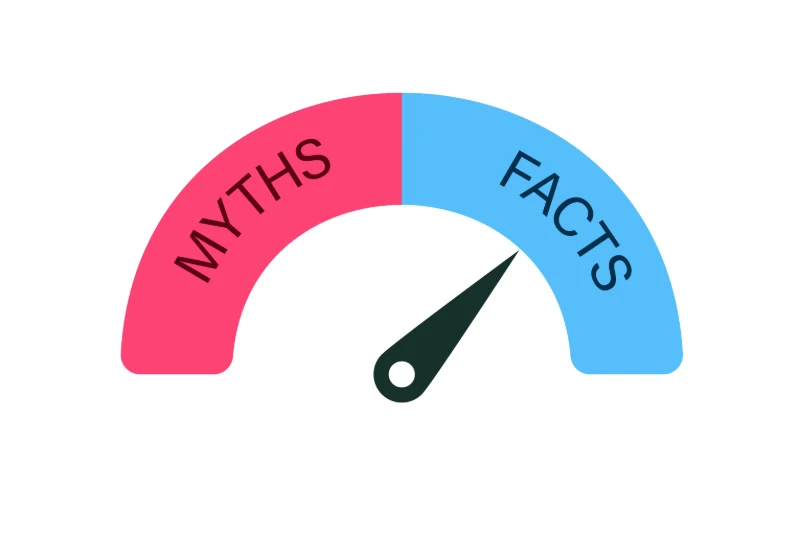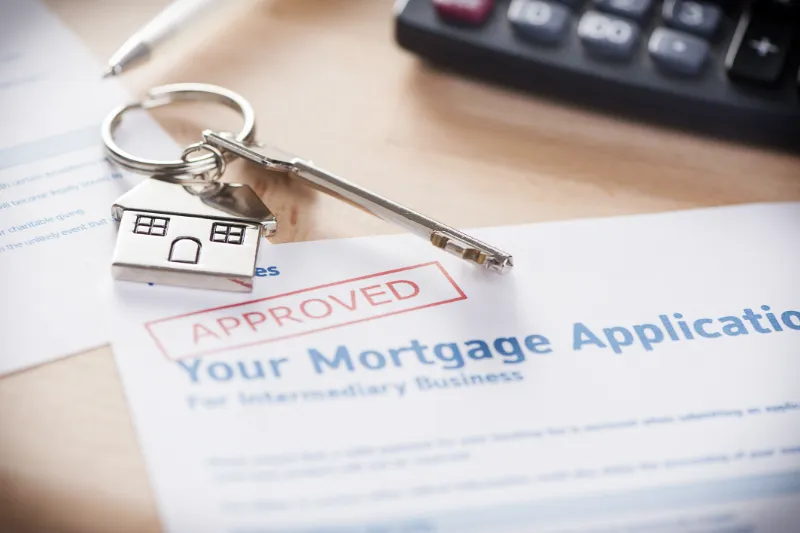When it comes to getting a mortgage, there’s no shortage of misinformation. Many homebuyers, especially…
Why Impact Investors and Nonprofits Should Invest in Community Development-Focused Commercial Real Estate Bridge Loans
Impact investors and nonprofits are increasingly seeking innovative ways to create sustainable, long-term change in underserved communities. One highly effective yet often overlooked opportunity lies in community development-focused commercial real estate (CRE) bridge loans. These short-term financing tools can drive meaningful impact by addressing critical needs such as affordable housing, job creation, and economic revitalization, while offering financial returns for investors and measurable benefits for nonprofits.
In this blog, we’ll explore why impact investors and nonprofits should embrace CRE bridge loans as a vehicle for social and economic change.
What Are CRE Bridge Loans?
Commercial real estate bridge loans are short-term loans used to finance real estate projects during transitional periods. They “bridge the gap” between immediate funding needs and permanent financing or project completion. Key features include:
- Quick Access to Capital: Ideal for projects requiring immediate funding.
- Flexible Use: Can fund property acquisition, renovation, or stabilization.
- Short Duration: Typically repaid within 6–36 months, allowing for faster capital rotation.
When focused on community development, these loans target projects that align with social impact goals, such as creating affordable housing, revitalizing blighted neighborhoods, or fostering local business growth.
Why CRE Bridge Loans Are Ideal for Impact Investors
1. Tangible Social Impact
Community-focused bridge loans enable investors to see immediate, measurable results. Projects funded by these loans often lead to:
Affordable housing units for underserved populations.
Redeveloped commercial spaces for small businesses and entrepreneurs.
Revitalized neighborhoods that attract additional investment and create jobs.
For example, a bridge loan might fund the conversion of a vacant building into mixed-use housing and retail space, addressing housing shortages while supporting local businesses.
2. Competitive Financial Returns
Unlike traditional philanthropic donations, impact investments in bridge loans can generate competitive returns. Interest rates on bridge loans are typically higher than traditional loans due to their short-term nature and quick turnaround, providing both:
Financial growth for investors.
Resources to reinvest in future impact projects.
This dual benefit makes CRE bridge loans an attractive addition to any impact-focused portfolio.
3. Diversified Investment Opportunities
Bridge loans cater to a variety of projects, allowing impact investors to diversify their investments across:
Affordable housing developments.
Community health centers.
Retail spaces for local entrepreneurs.
Infrastructure projects like green spaces or community hubs.
This diversity minimizes risk while maximizing community impact.
4. Scalable and Replicable Model
Bridge loans provide a scalable framework for funding. Once a loan is repaid, the capital can be reinvested in new projects, creating a sustainable cycle of funding and impact. Investors can replicate successful models in other communities, expanding their reach and influence.
Why Nonprofits Should Consider CRE Bridge Loans
1. Align with Mission-Driven Goals
Nonprofits focused on community development often face funding challenges when pursuing large-scale projects. Partnering with impact investors to facilitate bridge loans enables nonprofits to:
Access necessary capital for transformative projects.
Align funding with their mission, such as building affordable housing or creating job opportunities.
Deliver measurable outcomes that strengthen donor and stakeholder confidence.
2. Address Gaps in Philanthropic Funding
Traditional grants and donations may not always cover the immediate capital needs of real estate projects. CRE bridge loans:
Fill short-term funding gaps.
Allow nonprofits to act quickly on opportunities, such as acquiring blighted properties or securing land for development.
Create a bridge to long-term, sustainable funding solutions.
3. Foster Public-Private Partnerships
Nonprofits can leverage bridge loans to attract additional support from government agencies, private investors, and community organizations. This approach multiplies the impact of their efforts and fosters collaboration across sectors.
4. Enable Sustainable Impact
By investing in projects with long-term community benefits, nonprofits can ensure their work creates lasting change. For instance:
Developing mixed-use spaces can provide both affordable housing and a steady income stream for community programs.
Revitalizing commercial properties can attract businesses and create jobs, enhancing the local economy.
Key Benefits for Underserved Communities
Impact investors and nonprofits investing in CRE bridge loans can directly address the challenges faced by underserved communities, including:
1. Affordable Housing: Tackling housing shortages by funding the development or renovation of residential units.
2. Job Creation: Generating employment opportunities through construction, redevelopment, and new businesses.
3. Economic Revitalization: Attracting additional investments and boosting local economies.
4. Improved Community Infrastructure: Enhancing public spaces, transportation, and community hubs.
Strategies for Impact Investors and Nonprofits
1. Partner with Local Developers: Collaborate with developers who prioritize community-focused projects.
2. Set Clear Impact Metrics: Define and track key performance indicators (KPIs) such as housing units created, jobs generated, or businesses supported.
3. Leverage Tax Incentives: Explore tax credits like Low-Income Housing Tax Credits (LIHTCs) to maximize impact and returns.
4. Create Dedicated Loan Funds: Establish funds specifically for community development bridge loans, enabling sustained and strategic investment.
Examples of Successful Community Development Projects
1. Affordable Housing in Urban Centers
An impact fund provided bridge loans to renovate abandoned apartment buildings, creating 150 affordable housing units in a previously neglected neighborhood. The project:
Stabilized the local rental market.
Reduced homelessness rates.
2. Revitalization of a Blighted Commercial District
A nonprofit partnered with impact investors to fund the redevelopment of a vacant shopping center. The project created:
Retail spaces for 25 local businesses.
Over 200 new jobs for the community.
3. Green Infrastructure for Low-Income Communities
A collaboration between a nonprofit and private investors funded the construction of a new park and green infrastructure, improving public health and attracting additional investment.
Conclusion
Investing in community development-focused CRE bridge loans presents a unique opportunity for impact investors and nonprofits to drive measurable social change while achieving financial sustainability. These loans not only address critical needs like housing, job creation, and economic revitalization but also create a ripple effect that transforms entire communities.
By leveraging the flexibility and scalability of bridge loans, impact investors and nonprofits can amplify their mission, build stronger partnerships, and foster lasting, positive change in underserved areas.
Take the first step toward impactful investment today—partner with our team to explore opportunities in community development-focused CRE bridge loans.




